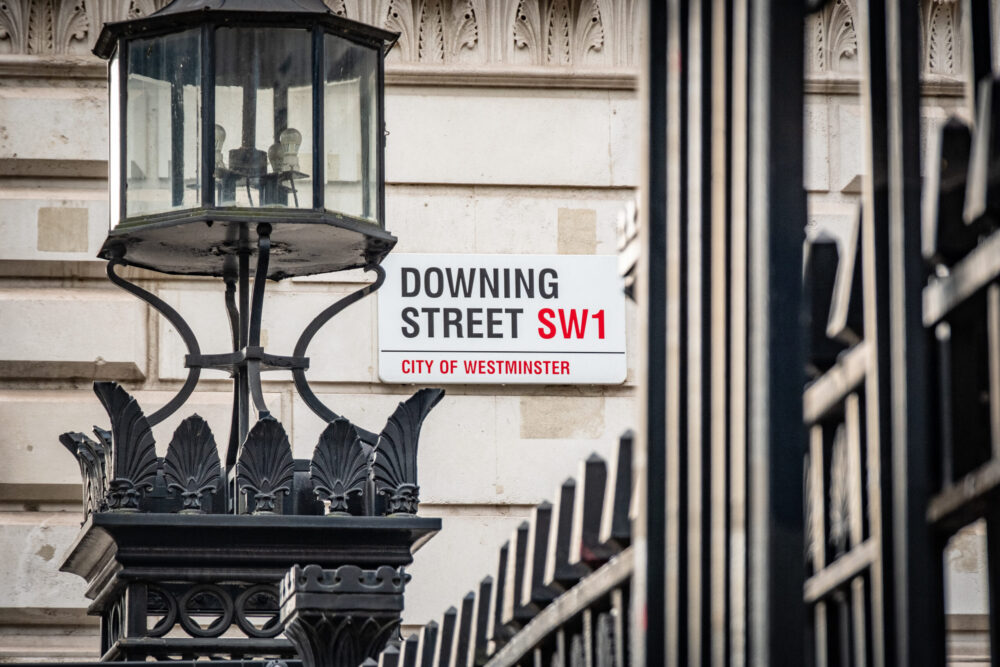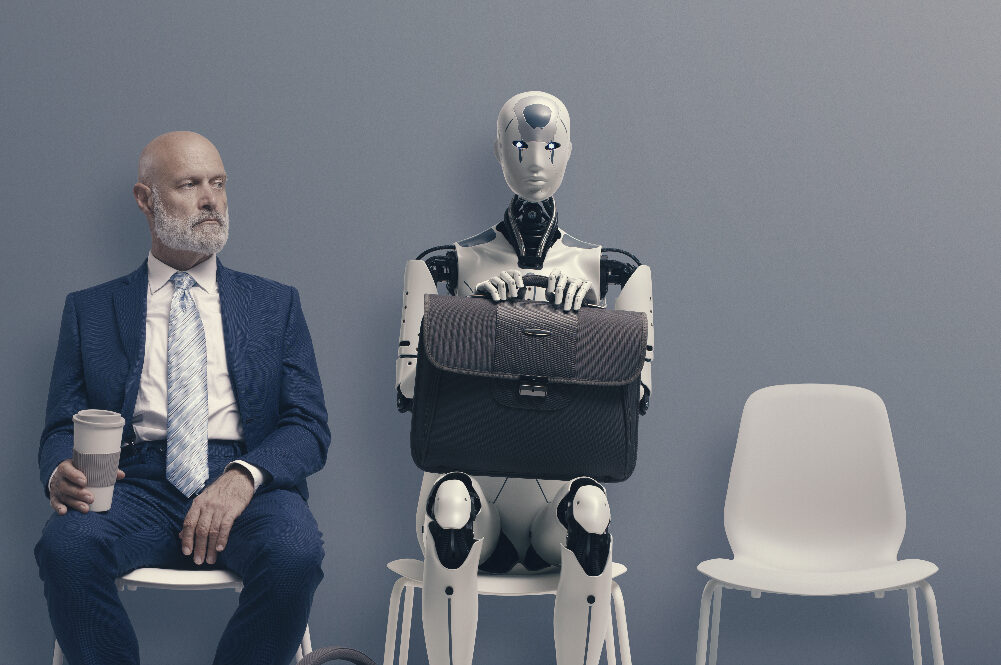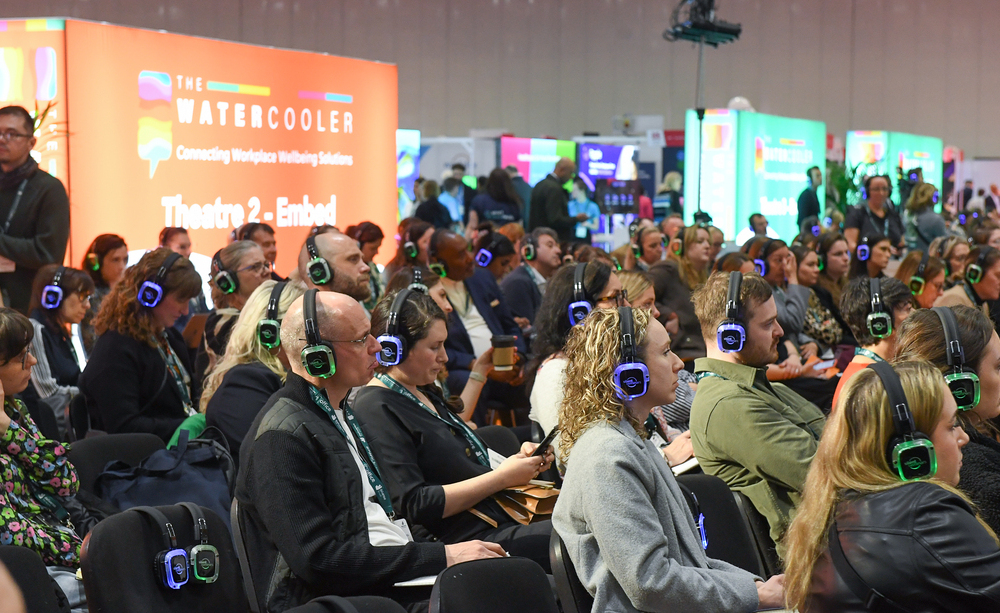MAD World’s session on ‘Wellbeing Washing’ was one of the most hotly anticipated and talked about at the conference. The panel was chaired by Nick Pahl, CEO of Society of Occupational Medicine and panellists included Dr Chuck Anyaegbuna, Head of Clinical Services, Koa, Julia Biles, Head of Wellbeing, Saga, Simon Blake OBE, Chief Executive, Mental Health First Aid England, Dr Clare Fernandes, Chief Medical Officer, BBC and Angie McKenna, People & Culture Director, Asquared.
As Biles said, one of the biggest problems with wellbeing washing is that many companies don’t even realise they are doing it… So we’ve rounded up the key insights here to avoid any doubt!
1. Wellbeing washing is like putting on a “sticky plaster” rather than tackling the cause of the symptoms
Dr Claire Fernandes made this point, saying she defines wellbeing washing as those “sexy and glittery” wellbeing campaigns that might look good on LinkedIn but don’t actually get to the root of an organisation’s wellbeing issues.
“It’s easy to see why companies go towards that quick fix sexy solution. But you’ve got to get to the root cause,” she said. “It’s hard to take preventative action and that’s why wellbeing washing happens.”
She gave the fictitious example of losing weight. If a company took a ‘wellbeing washing’ approach to tackling this health issue, then it might promote the message that the “quick fix sexy solution” might be to simply eat salad. However, in reality, maintaining a healthy weight over the longterm is a complex issue which, as she said, “can involve multiple factors having cumulative effects.”
2. Many senior executives might not even realise they are engaging in wellbeing washing
As Dr Chuck Anyaegbuna, Head of Clinical Services, Koa, pointed out, one of the problems leading to wellbeing washing is that senior management might not even realise they are creating wellbeing messages which aren’t resonating or coming across as genuine to their employees.
He quoted a recent Deloitte study which shows that while 91% of executives were under the impression that their employees believed the organisation genuinely cared about their wellbeing, only 56% of employees said they believed this.
He put this gap in perceptions down to the fact that many employees may not feel comfortable talking to their employer about their mental health due to stigma and because they don’t have access to appropriate resources.
The moral of the story? Ask your employees what they actually want and need…. Which leads nicely onto point 3!
3. If you want to avoid wellbeing washing, you can’t make assumptions about what your employees want; you have to collect data
As Julia Biles, Head of Wellbeing, Saga, said, it’s “absolutely fundamental” that organisations start with data – especially absence and retention data – when creating their wellbeing strategies. If they don’t do this, they risk wellbeing washing.
“The data is often overlooked,” she said. “Often what happens is people go straight in with the quick fix solution and that isn’t going to make people feel supported in their wellbeing, especially if they’re told to turn up to an event and forced to sign up to a certain app.”
4. Wellbeing is not about an app or a one-off campaign; it’s holistic and multifaceted
If you’re running isolated wellbeing activities that don’t feed into a wider strategy, you’re wellbeing washing.
Anyaegbuna gave the example of putting on a mindfulness webinar which is automatically inserted into employees’ diaries, but there’s no supportive HR policies around it, or leadership buy-in or visibility. “It’s these single one off events that are not tied to a broader programme of mental health that are wellbeing washing,” she says.
Biles reiterated this saying: “Wellbeing washing really exists when organisations are not thinking about the wider strategy of linking wellbeing to business performance and getting leaders to really understand the impact that they have on the wellbeing culture.”
Fernandes suggested the best way to avoid slipping into wellbeing washing is by remembering “it’s not something you can package on a screen, it’s all encompassing from what’s going on outside of work, in work and how people feel”.
5. If your approach to wellbeing is one size fits all, it’s bound to be wellbeing washing
When the wellbeing function first emerged it was understandable that the first tentative initiatives were often ones aimed at all employees. But, now, at our 6th MAD World conference, the conversation is all about personalising wellbeing. If you are still rolling out campaigns without thinking about segmenting your employee base and differing needs, you are probably wellbeing washing.
Similarly, even the same employee can have many different wellbeing needs throughout the employee lifecycle. As Simon Blake OBE, Chief Executive, Mental Health First Aid England, said, when his mum was dying and he was caring for her fulltime, his needs were dramatically different to what they are now.
6. If the line manager isn’t bought in to your wellbeing strategy, any intervention will appear to the employee as wellbeing washing and insincere
“For employees to feel supported in their wellbeing, their manager has to fully understand what tools and resources are available for them,” said Biles. “Otherwise, if an organisation is doing the nice big strategy with the nice big comms and nice big gestures, like a day off for World Mental Health Day, but the line manager isn’t behind it, then the individuals in the team are never going to feel it.”
For Biles the line manager is absolutely key to ensuring any activity isn’t seen as wellbeing washing: “the manager has really got to believe that the organisation is caring and actually wants to make a difference. It all flows from there.”
7. Senior management need to engage authentically in the wellbeing conversation too or it will be seen as wellbeing washing
There were definitely signs of frustration when the panel discussed the challenge of getting leadership buy in as this is an essential, but difficult, part of the process to avoid wellbeing washing.
For Angie McKenna, People & Culture Director, Asquared, the most effective way to come across as authentic and genuine is for senior management to talk openly about their experiences. This is something she does and believes it opens the door for employees: “If I’m evidencing that you can be your true self at work and be authentic, slowly people will buy in to that.”
8. If they don’t engage authentically, wellbeing has to hold senior management to account
As the audience questions and panel experiences showed in this session, it’s often the case that senior management don’t engage in the wellbeing conversation at work as authentically as they could. Biles believes it’s the the responsibility of the wellbeing professional to hold leaders to account at this point and really hit home the important role they play in ensuring wellbeing is taken seriously when she said:
“It’s about looking leaders in the eye and saying ‘you are making an impact on the people around you, do you realise whether this is a positive or negative impact?’ I see it as my job to hold them to account and hold the mirror up to them because leaders have a responsibility to create a culture where people feel able to do their best work.”
9. If you have trained up mental health first aiders and feel you’ve ticked the wellbeing box and your work is done, you are wellbeing washing
An audience member asked Blake whether he was doing anything to stop companies using mental health first aid as a wellbeing washing tool, where they adopt the attitude: “we’ve done wellbeing, we’ve ticked that box”.
Blake answered that the organisation is always very clear that mental health first aiders should not be used in isolation as the ‘answer’ to wellbeing. “There should always be a framework they are contained within,” he said.
Nevertheless he acknowledged there are organisations that have done it well, and not so well, but, he said, “the key is that we all keep on learning”.

















